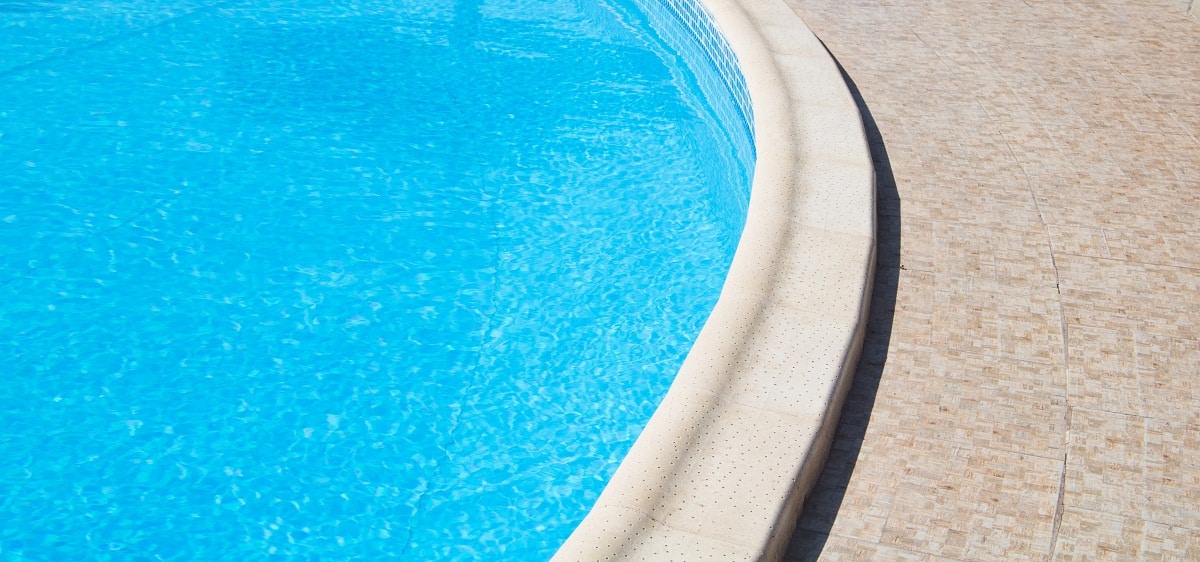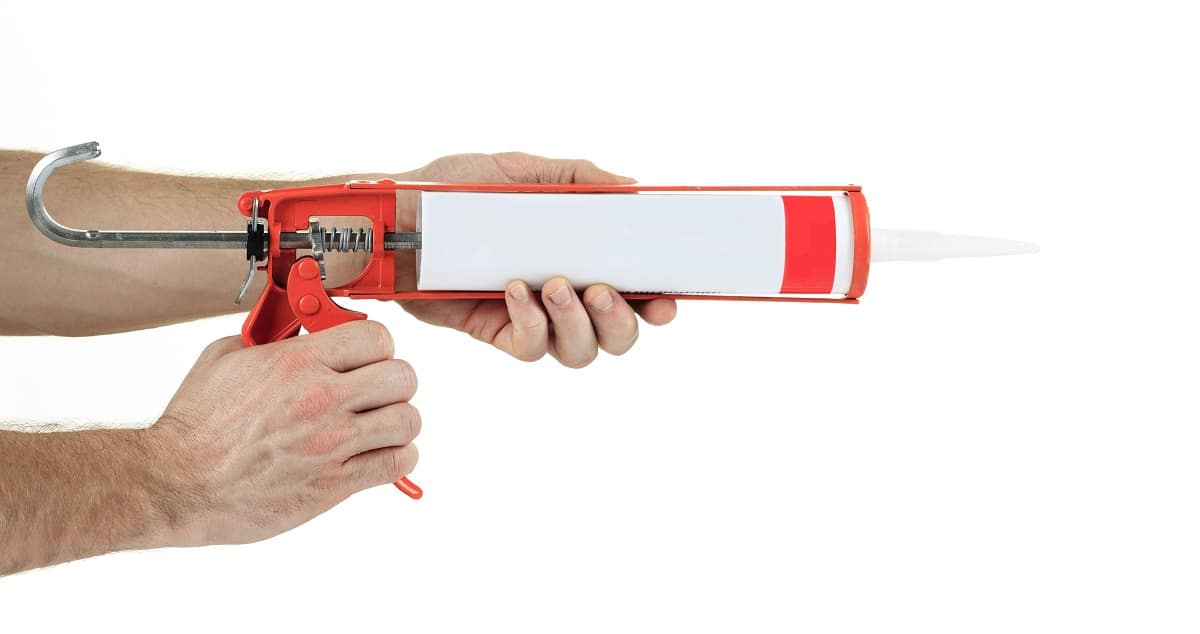
A swimming pool in the backyard provides hours and hours of fun for the family. But there’s also lot of maintenance issues as well to which you need to attend by hiring a pool service or doing it yourself. Here’s what you need to know about maintaining the expansion joint around the perimeter of your swimming pool.
What Is the Expansion Joint?
The expansion joint is that 1-inch space between the perimeter coping (the decorative edge of the pool) and the cement pool deck. It is filled with a special pool caulk that’s a flexible sealant. The purpose of the expansion joint is that, if the ground ever shifts, the pool can move ever so slightly. If there were no expansion joint, the edges of the swimming pool would crack as well as damage the coping and tiles.
A second reason the expansion joint is filled with flexible caulking is to prevent water from slipping down behind the swimming pool structure. Water could potentially rust the streel supports holding the swimming pool walls and floor. Also, if water were to get down and around the pool and the water freezes, it could crack the swimming pool bottom.
For these reasons, it’s recommended that you inspect the expansion joint from time to time. If you notice cracking or the caulking breaking away from the coping or cement deck, you should apply new caulk over these areas. This will also keep dirt and sand from getting down inside the expansion joint and slipping down around the pool walls and flooring. Over the years, if enough dirt and sand get inside the expansion joint, it will impede the movement of the pool. If the swimming pool has nowhere to move as the earth shifts, it will crack.
How to Caulk the Expansion Joint
You can recaulk the expansion joint yourself or hire a company providing pool services in Alpharetta. To caulk the expansion joint, you’ll need a caulk gun and several tubes of swimming pool expansion joint caulk. It’s important that you purchase the recommended caulk and not use generic household caulk as not all caulks are waterproof.
Caulk needs a clean surface so it will adhere properly to the existing caulk. First, use a razor blade utility knife to cut away any loose areas of caulking along the expansion joint. Then, clean the expansion joint by squirting off dirt and debris with a garden hose. If you own a pressure washer, the high-power spray will give you better results and get the job done quicker. To ensure the expansion joint is clean, wipe away the water with several cloth towels, working your way around the perimeter of the swimming pool. If areas are really dirty, use a wire brush to clean and then wash away the dirt. Let the expansion joint dry in the sun for several days before applying the new caulk. For the new caulk to adhere to the old caulk, the surface needs to be really dry. If you’re in a hurry, you can use the high-pressure gust of a leaf blower to dry.

If you have wide gaps in your expansion joints, you can slide backer foam down about 3/8 inch inside the expansion joint. This will give the caulk support as well and you won’t be using lots and lots of caulk to fill the area. (Caulk is more expensive than backer foam.)
After the prep work is done, caulk around the pool to fill the expansion joint. Have a bucket of water and several cloth towels. Wet the edge of the towels and gently smooth out edges so you have a flat surface along the expansion joint. Once finished, the caulk will take about 24 hours to dry. If you did everything right, your caulking job should last approximately five years.
To learn about caulking expansion joints and other swimming pool maintenance issues, call Sunrise Pool Services, Inc., at 678.804.0050.
